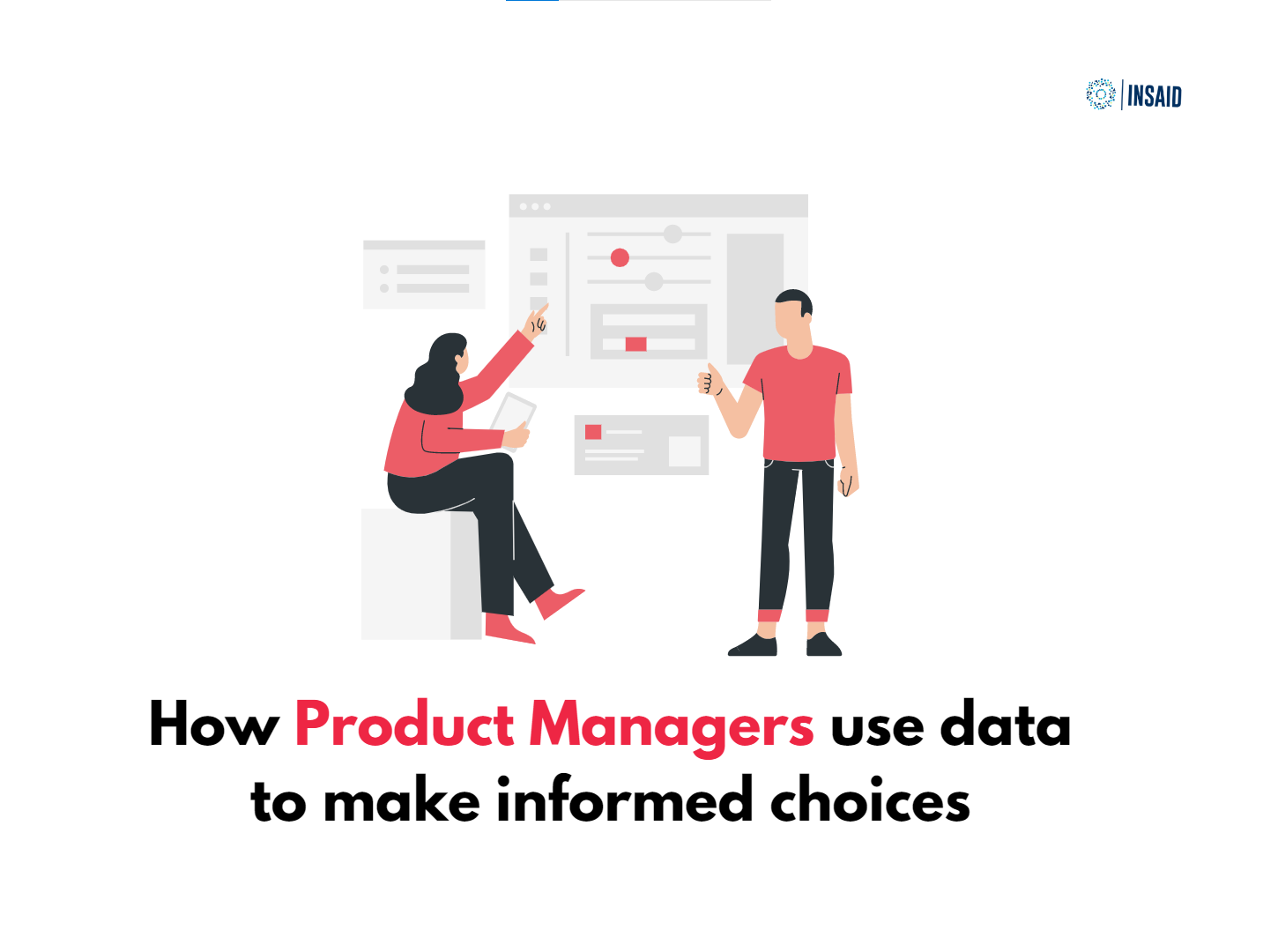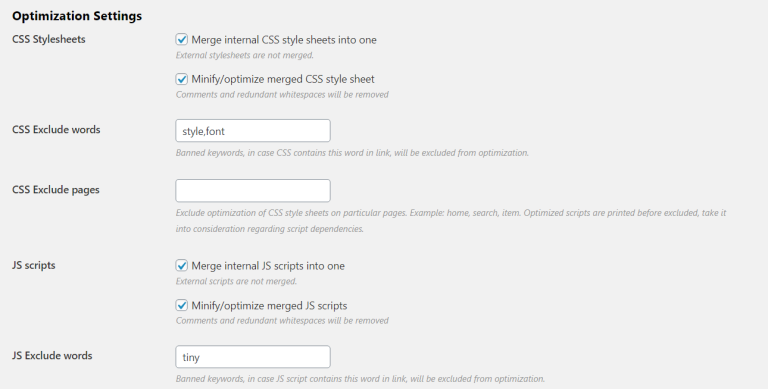
In the ever-evolving world of SEO, staying ahead of the curve means leveraging every tool at your disposal. One such tool that has gained significant traction in recent years is the use of APIs and data feeds to enrich blog content for better indexing. Whether you’re a content marketer, a blogger, or a business owner looking to boost your online presence, understanding how to effectively use APIs can be a game-changer.
This article will guide you through the process of integrating APIs into your blogging strategy, helping you create more dynamic, relevant, and search-engine-friendly content. From improving user engagement to boosting your site’s visibility on Google, we’ll explore the benefits, best practices, and real-world applications of this powerful technique.
What Is API Integration and Why It Matters
An API (Application Programming Interface) is a set of rules and protocols that allow different software applications to communicate with each other. In the context of SEO and content marketing, APIs enable you to pull in real-time data from external sources—such as social media platforms, news outlets, or even competitor websites—to enhance your blog content.
For example, imagine you’re writing a blog post about the latest trends in digital marketing. Instead of just relying on your own knowledge, you could use an API to fetch the most up-to-date statistics from Google Trends, industry reports, or even social media sentiment analysis. This not only makes your content more informative but also increases its chances of being indexed by search engines.
The importance of API integration lies in its ability to:
- Boost content relevance: By incorporating real-time data, your content stays fresh and aligned with current trends.
- Improve user experience: Dynamic content keeps readers engaged and encourages them to spend more time on your site.
- Enhance SEO performance: Search engines favor content that is updated regularly and provides value to users.
How APIs Impact SEO Performance
Search engines like Google prioritize content that is relevant, high-quality, and frequently updated. APIs help achieve these goals by enabling you to:
1. Leverage Real-Time Data
By using APIs to pull in live data (e.g., stock prices, weather updates, or social media activity), you can create content that is always current. For instance, if you’re writing a travel blog, integrating a weather API can provide accurate forecasts for the destinations you’re covering.
2. Support Structured Data
Many APIs provide structured data formats (like JSON-LD) that are essential for rich snippets and schema markup. This helps search engines understand your content better, increasing the likelihood of appearing in featured snippets or other prominent positions.
3. Automate Content Updates
APIs can automate the process of updating content. For example, if you’re publishing a series of articles on a topic, you can use an API to automatically pull in new data and update your posts accordingly. This ensures your content remains relevant without requiring constant manual intervention.
4. Enhance User Engagement
Dynamic content created through APIs can lead to higher user engagement metrics, such as dwell time and bounce rate. These factors are critical for SEO, as they signal to search engines that your content is valuable and worth ranking highly.
Step-by-Step Implementation Framework
Integrating APIs into your blog content doesn’t have to be complicated. Here’s a simple, actionable framework to get started:
1. Define or Audit Your Current Situation
Before implementing any API, take a close look at your current content strategy. Ask yourself:
– What kind of content do you publish?
– Are there opportunities to add more value through real-time data?
– Which topics would benefit most from external data sources?
This step helps you identify where APIs can make the biggest impact.
2. Apply Tools, Methods, or Tactics
Choose the right APIs based on your content needs. Some popular options include:
– Google Trends API: To track keyword trends and find new content ideas.
– Twitter API: To pull in social media mentions and discussions related to your niche.
– News API: To fetch the latest news and incorporate it into your blog posts.
– Weather API: To provide location-specific information in travel or lifestyle content.
Once you’ve selected the APIs, integrate them into your content management system (CMS) or use tools like Zapier or Make (formerly Integromat) to automate the process.
3. Measure, Analyze, and Optimize
After implementing APIs, monitor their impact on your blog’s performance. Key metrics to track include:
– Traffic growth: Use Google Analytics to see if your content is attracting more visitors.
– Engagement metrics: Look at time on page, bounce rate, and social shares.
– Search engine rankings: Track how your content performs for targeted keywords.
Use A/B testing to experiment with different types of API-integrated content and refine your approach over time.
Real or Hypothetical Case Study
Let’s say you run a tech blog that covers the latest developments in AI. You decide to integrate the Google News API to pull in the most recent articles and research papers related to AI. By doing so, you can create a “Latest AI News” section on your site that updates automatically.
Over the next few months, you notice a significant increase in traffic and engagement. Readers appreciate the timely and relevant content, and Google starts indexing your pages more quickly. Additionally, your blog appears more often in featured snippets, thanks to the structured data provided by the API.
This case study demonstrates how API integration can transform your content strategy, making it more dynamic, engaging, and search-friendly.
Tools and Techniques for API Integration
Here are some of the most effective tools and techniques for integrating APIs into your blog content:
- Google Trends API
- Use Case: Identify trending topics and keywords to guide your content creation.
-
Benefits: Helps you stay ahead of the curve and create content that resonates with your audience.
-
Twitter API
- Use Case: Monitor social media conversations and incorporate real-time insights into your blog.
-
Benefits: Adds a human touch to your content and helps you engage with your audience more effectively.
-
News API
- Use Case: Pull in the latest news and updates to keep your content current.
-
Benefits: Ensures your blog stays relevant and provides value to readers who want the latest information.
-
Weather API
- Use Case: Provide location-specific weather updates in travel or lifestyle content.
-
Benefits: Increases the usefulness of your content and improves user experience.
-
Zapier / Make (formerly Integromat)
- Use Case: Automate the process of integrating APIs into your CMS or workflow.
-
Benefits: Saves time and reduces the need for manual data entry.
-
Schema.org Markup Tools
- Use Case: Ensure your content is properly structured for search engines.
- Benefits: Improves your chances of appearing in rich snippets and other prominent search results.
Future Trends and AI Implications
As AI continues to evolve, the role of APIs in SEO and content marketing will only become more important. Here are a few trends to watch:
- AI-Powered Content Creation: APIs will increasingly be used to generate content based on real-time data, making it easier to produce high-quality, relevant content at scale.
- Voice Search Optimization: With the rise of voice assistants, APIs will play a key role in optimizing content for natural language queries.
- Multimodal Search: As search engines become more sophisticated, APIs will help integrate text, images, and video into your content, making it more engaging and searchable.
To stay ahead, focus on building a flexible content strategy that leverages APIs and AI tools. This will not only improve your SEO performance but also help you adapt to the changing landscape of search.
Key Takeaways
- APIs enhance content relevance by providing real-time data and insights.
- Structured data from APIs improves your chances of appearing in rich snippets and other search features.
- Automation tools like Zapier and Make make it easy to integrate APIs into your workflow.
- Monitoring and optimization are essential to ensure your API-driven content is performing well.
- Future-proof your strategy by embracing AI and multimodal search trends.
By integrating APIs into your blog content, you’re not just creating content—you’re building a smarter, more dynamic, and more search-friendly website. Start experimenting today and watch your SEO performance soar.
Meta Title: How to Use APIs and Data Feeds to Enhance Blog Content for Better Indexing
Meta Description: Learn how to use APIs and data feeds to enrich your blog content, improve SEO, and boost visibility on search engines.
SEO Tags (5): #SEO, #APIIntegration, #ContentMarketing, #BlogOptimization, #DataFeeds
Internal Link Suggestions:
– [Parameter #1: The Power of APIs in SEO]
– [Parameter #2: How to Use SERP APIs for Market Research]
– [Parameter #3: Best Practices for Structured Data]
External Source Suggestions:
– Google Search Console
– Google Trends
– Twitter API Documentation










